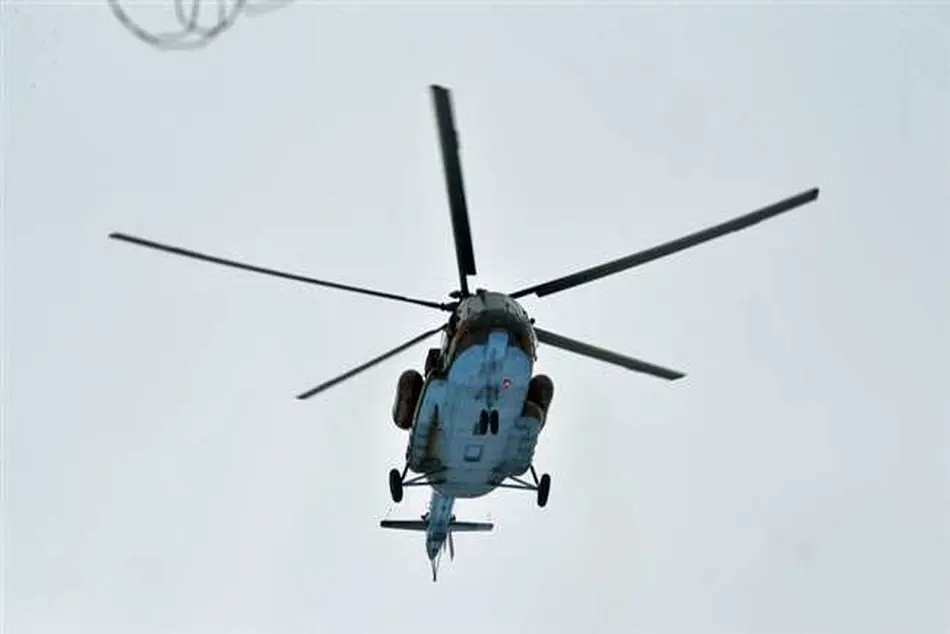Airports Have ‘No Choice’ But To Implement New Technologies, ACI Says
GRAND RAPIDS, Michigan—Airport executives gathered here at the annual Airports Council International-North America (ACI-NA) Conference and Exhibition say they are intently focused on adapting their facilities to rapid technological change.

GRAND RAPIDS, Michigan—Airport executives gathered here at the annual Airports Council International-North America (ACI-NA) Conference and Exhibition say they are intently focused on adapting their facilities to rapid technological change.
“It is all about technology,” ACI-NA President and CEO Kevin Burke tells Aviation Week in an interview.
“When I travel around to airports, I try to recall what an airport looked like 10, 11 years ago compared to where it is today,” Burke says. “And I look at technology, whether it be in baggage, whether it be in [security], whether it be in customs, whether it be on the airfield with the equipment being used. It is inevitable that technology will become more and more a part of the airport environment.”
Advancing technology ranges from passenger-facing applications in terminals to developing vertiports for potential electric air taxi operations. “My take is, the more technologically efficient an airport becomes, the more welcoming it is to passengers and the better it is for airlines,” Burke says.
Gina Dew, the director of government and community relations at Tampa International Airport (TPA), says the Florida airport is working to develop vertiports to support both cargo and passenger services potentially provided by electric vertical-and-takeoff-landing (eVTOL) vehicles.
TPA expects cargo operators to use eVTOLs to move packages from the airport to nearby warehouses and airlines to offer passengers the option of coming to the airport via an air taxi flight. The airport also envisions future air taxi service from the airport to various locations around the Tampa area.
An examination of eight potential vertiport spots at TPA led to six being ruled out, including the tops of parking garages and the rental car center. But two spots have been identified as viable sites. “We really wanted to look at that site selection, at airspace and operations [implications], at the infrastructure and utilities” that will be needed, Dew says.
Joby Aviation, which is developing a four passenger eVTOL air taxi it is hopeful will be certified by the FAA in 2025, was among the companies consulted by TPA, as was Volocopter which performed a test flight there in 2023. Dew says the airport asked about expected service frequency and energy requirements.
TPA decided on site selection based on avoiding the airport’s two parallel runways and a determination that garage roof tops were not ready for vertiports. “We have a very large cargo component at the airport, and it's all on the east side of the airport,” Dew explains. “And so we know that cargo [eVTOLs] will most likely go first. Where we ended up were these two sites, which are over on the east side. We feel like this will integrate very easily and seamlessly into the cargo business to begin with.”
Delta Air Lines is an equity investor in Joby, with plans for the eVTOL developer to offer a city-to-airport air taxi service in New York and Los Angeles for the airline’s passengers. “You can imagine a world where you open the Delta app and you say, I'm going to pick seat C13, and then the next box down is, do you want to take a Joby to the airport? You book through the Delta app,” Lydon Sleeper, Joby’s U.S. strategic policy lead, tells the ACI-NA conference.
Sleeper adds that airports should be “deliberate about thinking about the type of service that you want to provide at your airport. For example, if you're going to lead with cargo, obviously being super close to the terminal may not be as important as if you are providing an air taxi service like we are. Our goal is to be as close to the main terminals as possible so that we can mimic a taxi dropping you off.”
Those terminals are looking and feeling more futuristic, with open architecture emitting large amounts of natural light and technology proliferating throughout the passenger’s movement through an airport, Burke says. “I think the passenger is getting used to the new technology,” which in turn is improving the efficiency of passenger flows through airports.
“I also guarantee that another technology will come in that changes things,” Burke says. “It'll take a while to adapt, but people are adaptable.”
Airports have to adapt as well, and as quickly as possible, he adds: “As we move forward, we have no choice. The challenge is what it costs to be able to put this all in.”
Dew says airports that are not actively engaged in adopting advanced technology and the infrastructure to support it will be left behind. “People think this stuff is so far out—it's here,” she says.